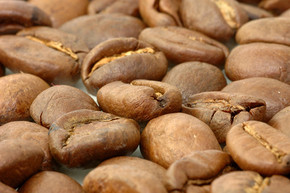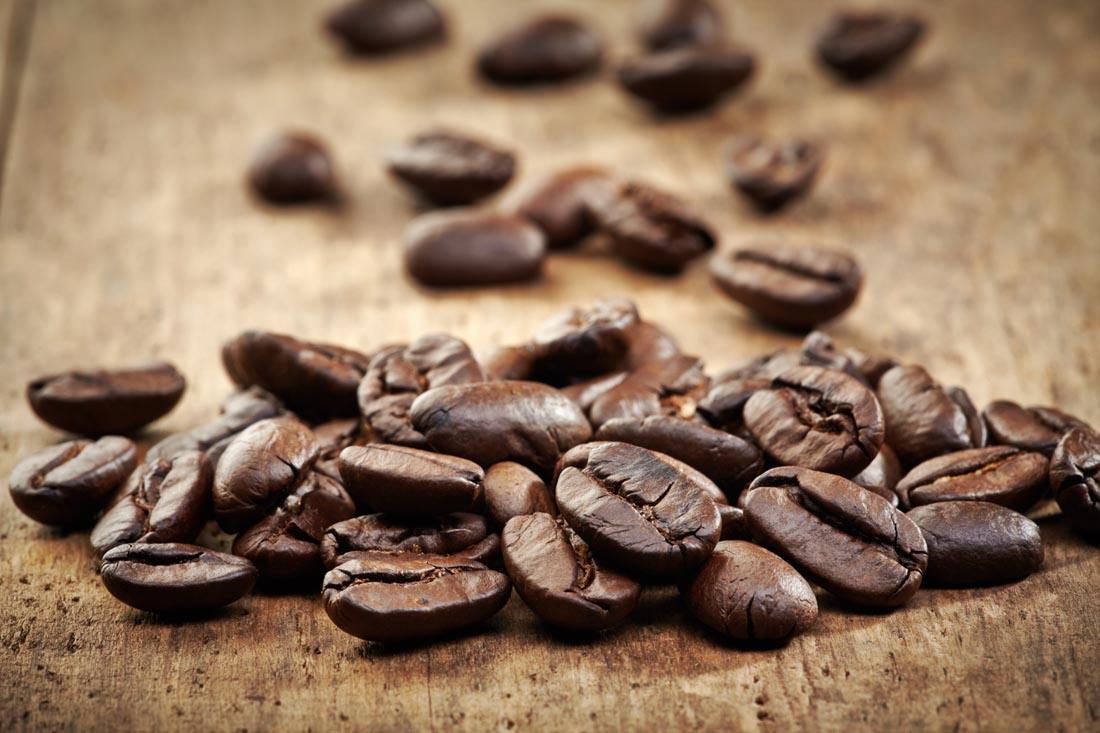History, culture and taste characteristics of Burundian coffee
Pay attention to coffee reviews (Weixin Official Accounts vdailycom ) and find a beautiful cafe to open your own shop
Coffee arrived in Burundi at the end of the 20th century during the Belgian colonial period. Since 1933, farmers have been required to care for at least 50 coffee trees. Coffee production began to be privatized in 1962 when Burundi became independent; it returned to public ownership in 1972 as the political situation changed; and it gradually returned to private ownership from 1991.
Coffee tree cultivation increased steadily in Burundi, but the civil war in 1993 caused a sharp drop in production. Since then, Burundi has been working to increase the production and value of coffee. Investment in the coffee industry was seen as a priority because Burundi's economy had been devastated by the long civil war. According to statistics for 2011, Burundi's per capita national income is among the lowest in the world, and 90 per cent of the population depends on farming for their livelihood. Total exports of coffee and tea account for 90 per cent of foreign exchange earnings.
Coffee production is now recovering, though not at levels seen in the early 1980s. But the future of Burundi's coffee industry remains hopeful. The country's 650,000 households depend on coffee production for their livelihoods, so campaigns to raise incomes by improving coffee quality are all the more beneficial. But political unrest remains a cause for concern.

The geography of Burundi is ideal for coffee cultivation. It is mountainous and has a suitable altitude and climate. There are no coffee plantations in the country, and Burundi coffee beans are mainly produced by a large number of small farmers. In recent years, these small-scale producers have become increasingly organized and tend to cluster around the 160 wet treatment plants in the territory, two thirds of which are state-owned and the rest privately owned, each processing coffee beans from an average of several hundred to up to two thousand producers.
Wet treatment plants in different production areas will also form management integration units, basically the Wet Treatment Plant Management Association (SOGESTAL). The Association's main function is to provide better hardware in the region, and therefore has contributed to the improvement in the quality of Burundi coffee in recent years. The best coffee in Burundi is washed, mostly bourbon, but there are other varieties. Burundi has many similarities with neighbouring Rwanda; apart from similar altitudes and coffee varieties, both are landlocked countries, which can be an obstacle to rapid export of green coffee beans to consumer countries in their best condition. Like Rwanda, Burundi coffee is prone to potato flavor defects.
Production and sales history
Until recent years, every wet treatment plant under SOGESTAL had mixed raw beans. Many coffees from Burundi can only be traced back to their respective SOGESTAL, i.e. their original region of origin.
Since 2008, Burundi has begun to transform itself into a boutique coffee industry, leading to more direct trade and traceable procurement methods. In 2011, Burundi held a coffee quality competition called Prestige Cup, which was also a precursor to the official Cup of Excellence. Coffee beans from each wet treatment plant are stored separately, ranked according to quality, and then sold at auctions. Coffee beans have production and marketing records. It also means that unique high-quality coffee beans from Burundi will gradually appear on the market, which will greatly help improve the quality.
Coffee taste
High quality coffee from Burundi has complex berry flavours and a juicy taste.
producing areas
Population: 8,749,000
2013 production (60 kg/bag): 167,000 bags
Burundi is a small country and therefore does not have a clear geographical area. As long as the geographical environment and altitude are suitable, coffee trees can be planted throughout the territory. The country is divided into different provinces, and coffee plantations are clustered around rewetting plants.
Important Notice :
前街咖啡 FrontStreet Coffee has moved to new addredd:
FrontStreet Coffee Address: 315,Donghua East Road,GuangZhou
Tel:020 38364473
- Prev

Introduction of climate, altitude, taste and flavor in Burundian coffee producing area
Following Kaibei (official Wechat account vdailycom) found that the Beautiful Cafe opened a small shop of its own Burundi is located on the south side of the equator in east-central Africa. It is bordered by Rwanda to the north, Tanzania to the east and south, Congo (Kinshasa) to the west, and Lake Tanganyika to the southwest. There are many plateaus and mountains in the territory, most of which are made up of the plateau on the east side of the East African Rift Valley, with an average elevation of 1600 meters above sea level.
- Next

Flavor Development of Puerto Rico Coffee producing area
Following Cafe comment (Wechat official account vdailycom) found that Beautiful Cafe opened its own shop in Puerto Rico Coffee Origin Puerto Rico this small South American country is made of a series of scattered islands with luxuriant flowers and flowers like spring all year round, like beads cast by God, the brilliance of heaven can be seen with a touch of rotation. Puerto Rico Yaoke special coffee in the west of the island
Related
- Detailed explanation of Jadeite planting Land in Panamanian Jadeite Manor introduction to the grading system of Jadeite competitive bidding, Red bid, Green bid and Rose Summer
- Story of Coffee planting in Brenka region of Costa Rica Stonehenge Manor anaerobic heavy honey treatment of flavor mouth
- What's on the barrel of Blue Mountain Coffee beans?
- Can American coffee also pull flowers? How to use hot American style to pull out a good-looking pattern?
- Can you make a cold extract with coffee beans? What is the right proportion for cold-extracted coffee formula?
- Indonesian PWN Gold Mandrine Coffee Origin Features Flavor How to Chong? Mandolin coffee is American.
- A brief introduction to the flavor characteristics of Brazilian yellow bourbon coffee beans
- What is the effect of different water quality on the flavor of cold-extracted coffee? What kind of water is best for brewing coffee?
- Why do you think of Rose Summer whenever you mention Panamanian coffee?
- Introduction to the characteristics of authentic blue mountain coffee bean producing areas? What is the CIB Coffee Authority in Jamaica?

